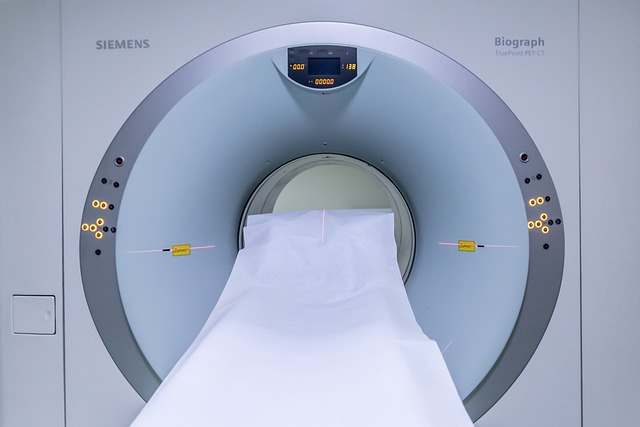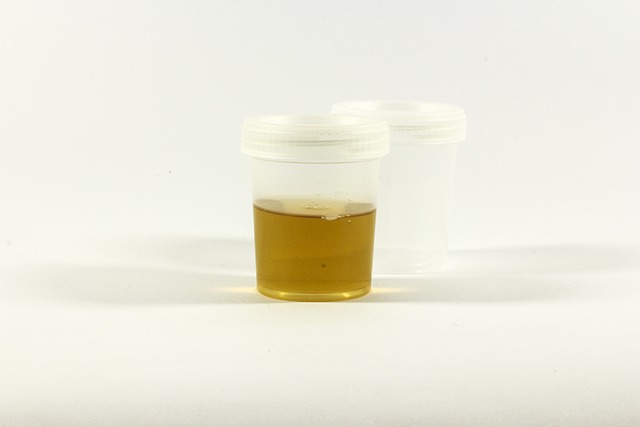Older homes in San Antonio may contain asbestos, a hazardous material banned since the 1980s, requiring professional asbestos testing before renovation or remodeling. Specialized techniques, including microscopic examination and advanced molecular analysis, accurately identify chrysotile asbestos fibers. Reputable labs use modern methods like immunoassay, TEM, or XRF to quantify asbestos, ensuring health safety and environmental compliance for homeowners.
In San Antonio, many homes were built with asbestos-containing materials due to its once-praised insulation and durability properties. However, understanding the hidden dangers of asbestos is crucial for maintaining safe living environments. This article explores comprehensive asbestos testing for older homes, focusing on chrysotile detection through advanced lab procedures. By delving into the process and the role of specialized labs, homeowners can ensure their peace of mind and take necessary precautions to mitigate health risks associated with asbestos exposure.
- Understanding Asbestos in Older Homes
- The Process of Chrysotile Detection
- Labs and Testing Procedures for Asbestos Safety
Understanding Asbestos in Older Homes

Many older homes in San Antonio, built before the 1980s ban on asbestos, may contain this hazardous material in various forms. Asbestos was commonly used in building materials due to its fire-resistant and insulative properties. It can be found in insulation around pipes and boilers, floor tiles, ceiling textures, and even in some types of roofing shingles. Testing for asbestos is crucial for ensuring the safety of homeowners and workers, as inhaling asbestos fibers can lead to severe health issues like mesothelioma and asbestosis.
Given the potential risks, San Antonio residents should consider professional asbestos testing, especially when undertaking renovation or remodeling projects in older homes. Asbestos detection labs use advanced techniques such as sampling and analyzing materials for the presence of asbestos. These tests are essential in determining whether the material needs to be safely removed or encapsulated, minimizing exposure and mitigating health hazards associated with this silent danger hidden within older housing structures.
The Process of Chrysotile Detection

The process of chrysotile detection is a meticulous and crucial step in asbestos testing, especially for older homes in San Antonio. This involves specialized techniques to identify the presence of chrysotile asbestos fibers, which were commonly used in construction materials up until recent years. Labs employ various methods, including microscopic examination and advanced molecular analysis, to ensure accurate results.
Samples collected from suspected areas are first prepared, often involving careful grinding or scraping to release fibers. These samples are then analyzed under high-powered microscopes to detect the unique characteristics of chrysotile asbestos. Additionally, modern labs use immunoassay or mass spectrometry techniques to confirm the presence and type of asbestos, providing a comprehensive understanding of potential risks associated with older homes in San Antonio.
Labs and Testing Procedures for Asbestos Safety

In San Antonio, especially when dealing with older homes, asbestos testing is crucial for ensuring safety and compliance with environmental regulations. Reputable chrysotile detection labs employ specialized procedures to accurately identify and quantify asbestos materials present in various samples collected from residential properties. These tests are essential for evaluating potential health risks associated with asbestos exposure, which can remain hidden for decades within building materials.
The process typically involves a series of meticulous steps, including sample collection, preparation, and analysis using advanced technologies such as transmission electron microscopy (TEM) or X-ray fluorescence (XRF). Labs must maintain stringent quality control measures to guarantee accurate results, ensuring that homes in San Antonio are safe for occupants and workers alike. By utilizing these rigorous testing procedures, homeowners can make informed decisions regarding asbestos abatement or remediation when necessary.
Asbestos testing is an essential step in ensuring the safety of older homes in San Antonio. With chrysotile detection playing a crucial role, specialized labs employ advanced procedures to identify and mitigate asbestos risks. Understanding both the presence of asbestos in older structures and the rigorous testing methods employed by these laboratories empowers homeowners and professionals alike to navigate this potential hazard effectively, promoting safer living and working environments.
